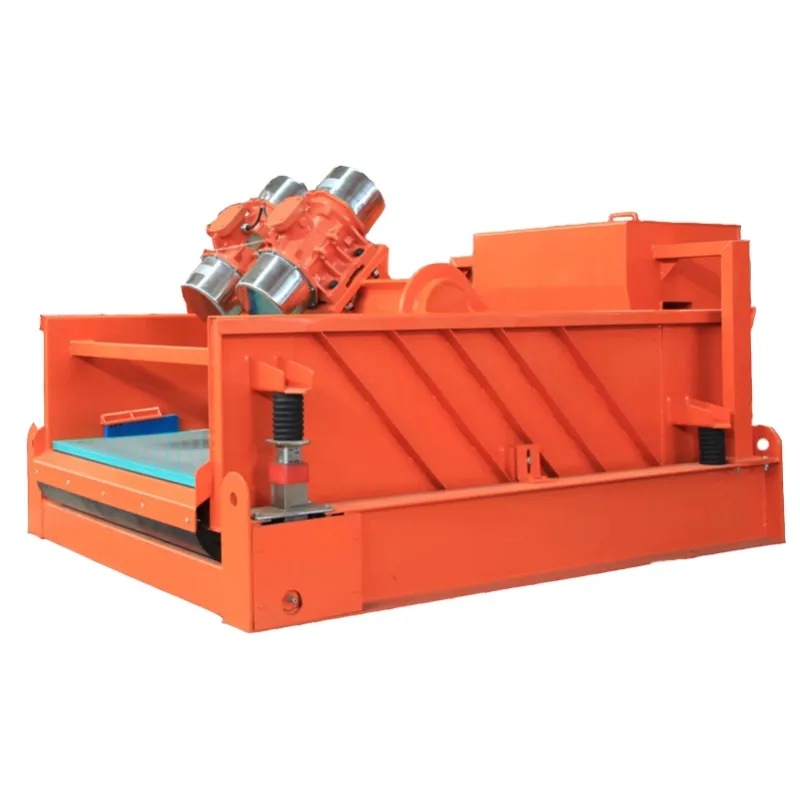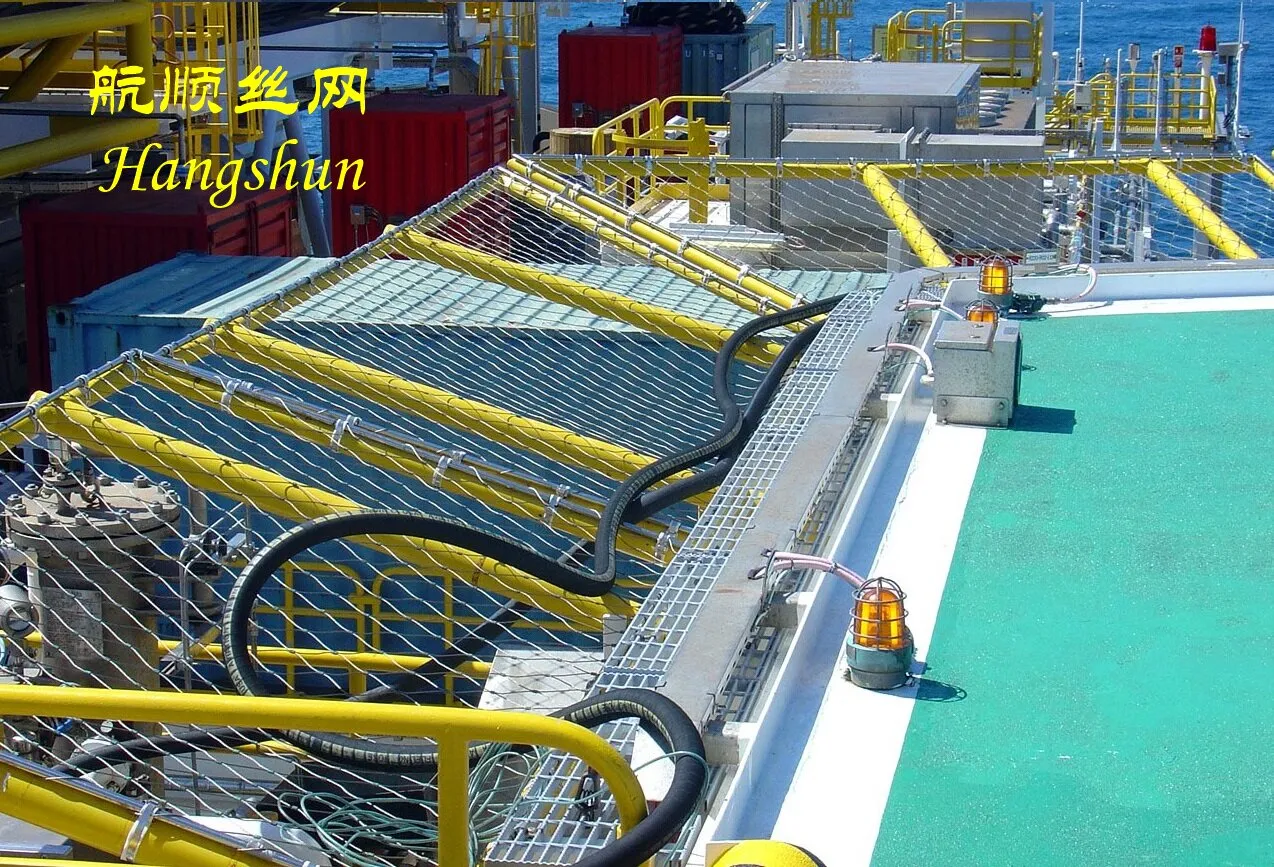- Industrial zone, South of Anping Town, Hengshui, Hebei, China.
- sales@hfpetromesh.com
- +86-18931809706
 Afrikaans
Afrikaans  Albanian
Albanian  Amharic
Amharic  Arabic
Arabic  Armenian
Armenian  Azerbaijani
Azerbaijani  Basque
Basque  Belarusian
Belarusian  Bengali
Bengali  Bosnian
Bosnian  Bulgarian
Bulgarian  Catalan
Catalan  Cebuano
Cebuano  Corsican
Corsican  Croatian
Croatian  Czech
Czech  Danish
Danish  Dutch
Dutch  English
English  Esperanto
Esperanto  Estonian
Estonian  Finnish
Finnish  French
French  Frisian
Frisian  Galician
Galician  Georgian
Georgian  German
German  Greek
Greek  Gujarati
Gujarati  Haitian Creole
Haitian Creole  hausa
hausa  hawaiian
hawaiian  Hebrew
Hebrew  Hindi
Hindi  Miao
Miao  Hungarian
Hungarian  Icelandic
Icelandic  igbo
igbo  Indonesian
Indonesian  irish
irish  Italian
Italian  Japanese
Japanese  Javanese
Javanese  Kannada
Kannada  kazakh
kazakh  Khmer
Khmer  Rwandese
Rwandese  Korean
Korean  Kurdish
Kurdish  Kyrgyz
Kyrgyz  Lao
Lao  Latin
Latin  Latvian
Latvian  Lithuanian
Lithuanian  Luxembourgish
Luxembourgish  Macedonian
Macedonian  Malgashi
Malgashi  Malay
Malay  Malayalam
Malayalam  Maltese
Maltese  Maori
Maori  Marathi
Marathi  Mongolian
Mongolian  Myanmar
Myanmar  Nepali
Nepali  Norwegian
Norwegian  Norwegian
Norwegian  Occitan
Occitan  Pashto
Pashto  Persian
Persian  Polish
Polish  Portuguese
Portuguese  Punjabi
Punjabi  Romanian
Romanian  Russian
Russian  Samoan
Samoan  Scottish Gaelic
Scottish Gaelic  Serbian
Serbian  Sesotho
Sesotho  Shona
Shona  Sindhi
Sindhi  Sinhala
Sinhala  Slovak
Slovak  Slovenian
Slovenian  Somali
Somali  Spanish
Spanish  Sundanese
Sundanese  Swahili
Swahili  Swedish
Swedish  Tagalog
Tagalog  Tajik
Tajik  Tamil
Tamil  Tatar
Tatar  Telugu
Telugu  Thai
Thai  Turkish
Turkish  Turkmen
Turkmen  Ukrainian
Ukrainian  Urdu
Urdu  Uighur
Uighur  Uzbek
Uzbek  Vietnamese
Vietnamese  Welsh
Welsh  Bantu
Bantu  Yiddish
Yiddish  Yoruba
Yoruba  Zulu
Zulu
- Afrikaans
- Albanian
- Amharic
- Arabic
- Armenian
- Azerbaijani
- Basque
- Belarusian
- Bengali
- Bosnian
- Bulgarian
- Catalan
- Cebuano
- Corsican
- Croatian
- Czech
- Danish
- Dutch
- English
- Esperanto
- Estonian
- Finnish
- French
- Frisian
- Galician
- Georgian
- German
- Greek
- Gujarati
- Haitian Creole
- hausa
- hawaiian
- Hebrew
- Hindi
- Miao
- Hungarian
- Icelandic
- igbo
- Indonesian
- irish
- Italian
- Japanese
- Javanese
- Kannada
- kazakh
- Khmer
- Rwandese
- Korean
- Kurdish
- Kyrgyz
- Lao
- Latin
- Latvian
- Lithuanian
- Luxembourgish
- Macedonian
- Malgashi
- Malay
- Malayalam
- Maltese
- Maori
- Marathi
- Mongolian
- Myanmar
- Nepali
- Norwegian
- Norwegian
- Occitan
- Pashto
- Persian
- Polish
- Portuguese
- Punjabi
- Romanian
- Russian
- Samoan
- Scottish Gaelic
- Serbian
- Sesotho
- Shona
- Sindhi
- Sinhala
- Slovak
- Slovenian
- Somali
- Spanish
- Sundanese
- Swahili
- Swedish
- Tagalog
- Tajik
- Tamil
- Tatar
- Telugu
- Thai
- Turkish
- Turkmen
- Ukrainian
- Urdu
- Uighur
- Uzbek
- Vietnamese
- Welsh
- Bantu
- Yiddish
- Yoruba
- Zulu
កុម្ភៈ . 10, 2025 10:01
Back to list
metal walkways gratings
Metal walkways gratings are essential elements in various industrial and commercial settings, providing safety, durability, and efficiency. With their robust construction and versatile applications, these gratings have grown integral to many infrastructure projects worldwide. Let's delve into the features and benefits that make metal walkways gratings a critical choice for businesses aiming to bolster safety and functionality.
A notable aspect of metal walkways gratings is their adaptability in customization. Manufacturers offer bespoke solutions to meet the unique demands of different industries, tailoring the size, shape, and type of grating to ensure optimal performance and safety. This customization capability allows for seamless integration into existing infrastructure, offering both functional and aesthetic enhancements to a variety of environments. Through extensive analysis and real-world applications, the sustainability of metal walkways gratings becomes apparent. Unlike plastic or wood alternatives, metal gratings are recyclable and have a longer lifespan, reducing the environmental impact and operational costs over time. The ability to withstand extreme temperatures and chemical exposures without degrading underscores their role in sustainable architecture and design. As businesses continue to prioritize safety and efficiency, metal walkways gratings emerge as a strategic investment. By leveraging modern technology and adhering to exceptional quality standards, they not only enhance operational infrastructure but also provide peace of mind with regards to safety and environmental concerns. For those embarking on a new construction project or upgrading existing facilities, choosing the right metal walkway grating can significantly impact performance and safety outcomes. In conclusion, metal walkways gratings offer a blend of durability, safety, and environmental sustainability. By ensuring selection based on expert advice and industry best practices, businesses can significantly enhance their premises' functionality and safety, fulfilling both contemporary needs and future challenges.


A notable aspect of metal walkways gratings is their adaptability in customization. Manufacturers offer bespoke solutions to meet the unique demands of different industries, tailoring the size, shape, and type of grating to ensure optimal performance and safety. This customization capability allows for seamless integration into existing infrastructure, offering both functional and aesthetic enhancements to a variety of environments. Through extensive analysis and real-world applications, the sustainability of metal walkways gratings becomes apparent. Unlike plastic or wood alternatives, metal gratings are recyclable and have a longer lifespan, reducing the environmental impact and operational costs over time. The ability to withstand extreme temperatures and chemical exposures without degrading underscores their role in sustainable architecture and design. As businesses continue to prioritize safety and efficiency, metal walkways gratings emerge as a strategic investment. By leveraging modern technology and adhering to exceptional quality standards, they not only enhance operational infrastructure but also provide peace of mind with regards to safety and environmental concerns. For those embarking on a new construction project or upgrading existing facilities, choosing the right metal walkway grating can significantly impact performance and safety outcomes. In conclusion, metal walkways gratings offer a blend of durability, safety, and environmental sustainability. By ensuring selection based on expert advice and industry best practices, businesses can significantly enhance their premises' functionality and safety, fulfilling both contemporary needs and future challenges.
Share
Prev:
Next:
Latest news
-
Welded Steel Bar Grating: The Rugged Industrial Flooring Solution Built for Load and LongevityNewsJun.24,2025
-
Steel Walkway Grating: Reliable, Resilient, and Built for Every StepNewsJun.24,2025
-
Shale Shaker Screen for Sale: Optimize Drilling Efficiency with Precision Screening PowerNewsJun.24,2025
-
Shaker Screen for Sale: Elevate Your Drilling Efficiency with Durable Separation SolutionsNewsJun.24,2025
-
Press Locked Steel Grating: Industrial Strength with Precision Fit for Heavy-Duty ApplicationsNewsJun.24,2025
-
Perimeter Safety Netting: The Critical Safety Upgrade for Every HelipadNewsJun.24,2025